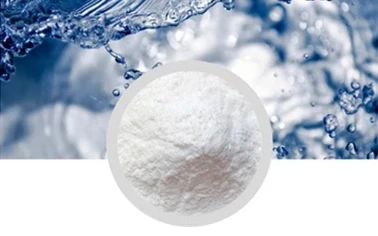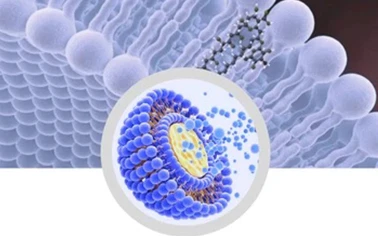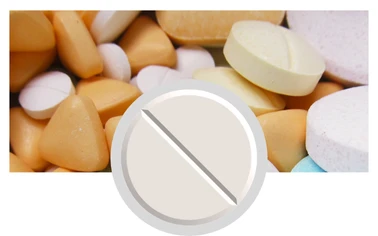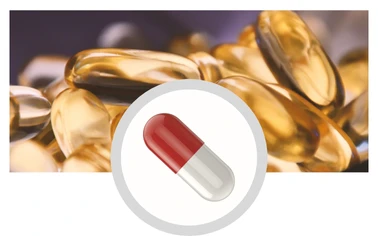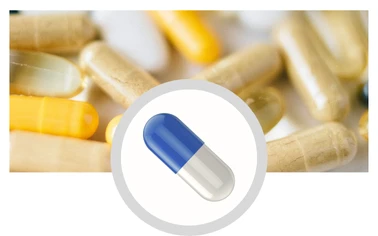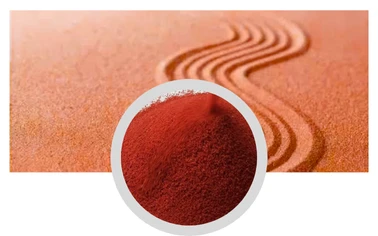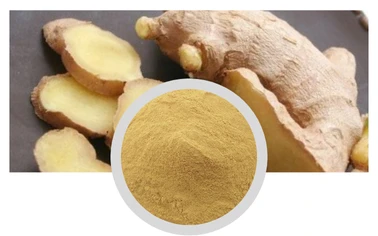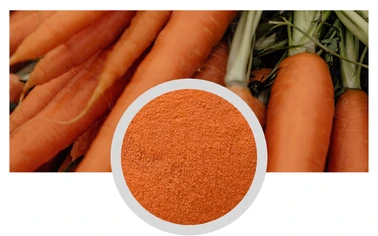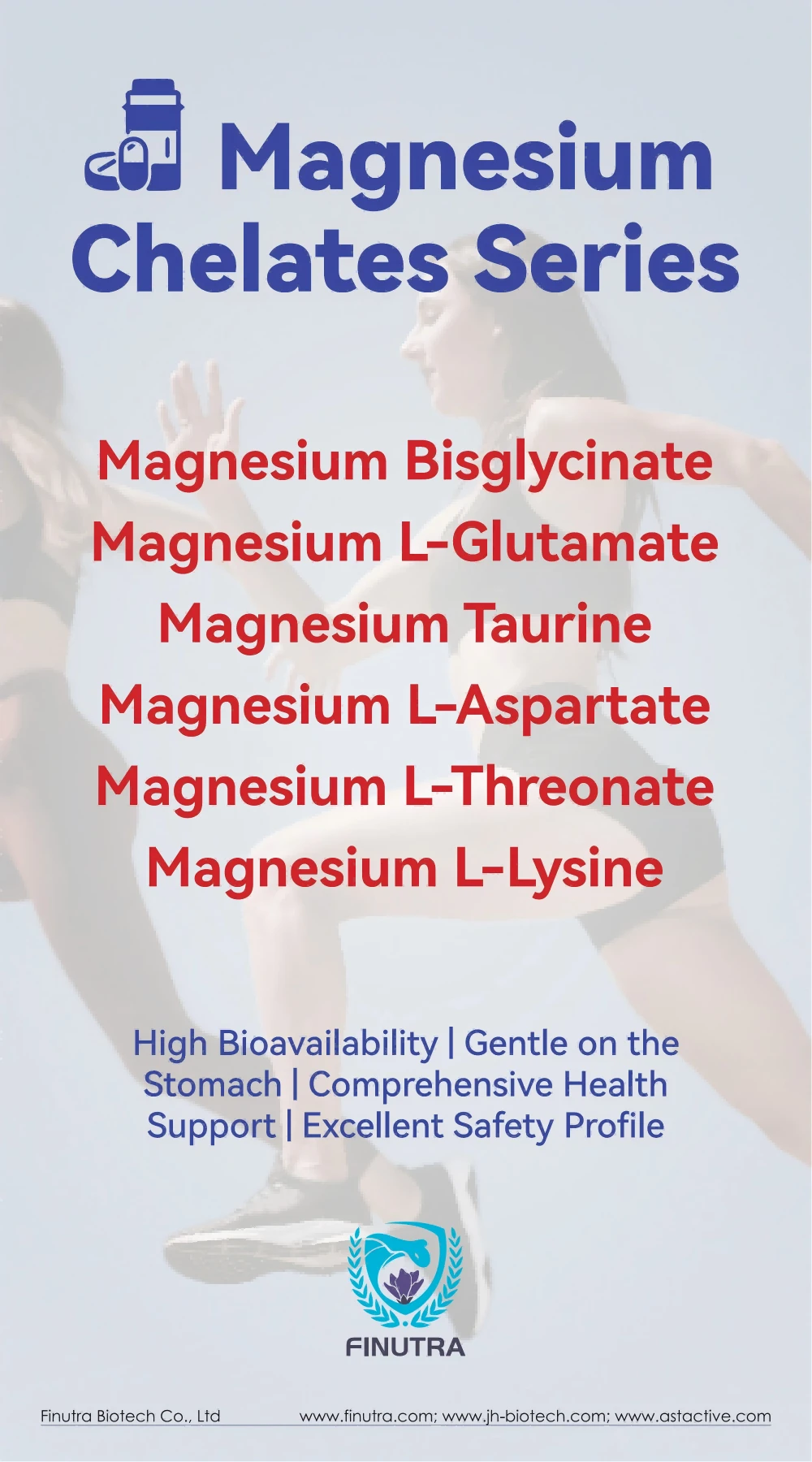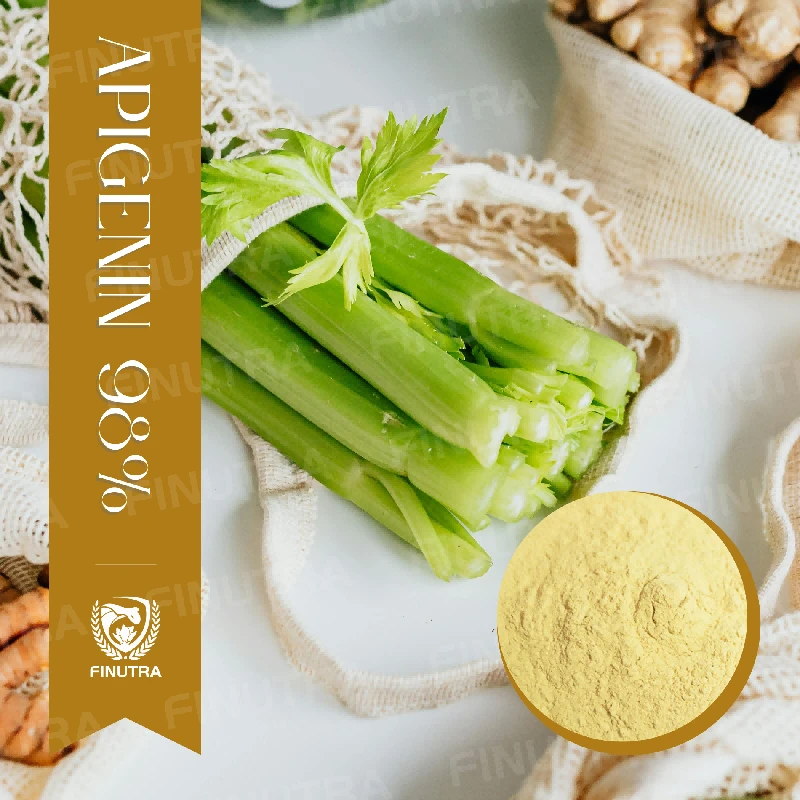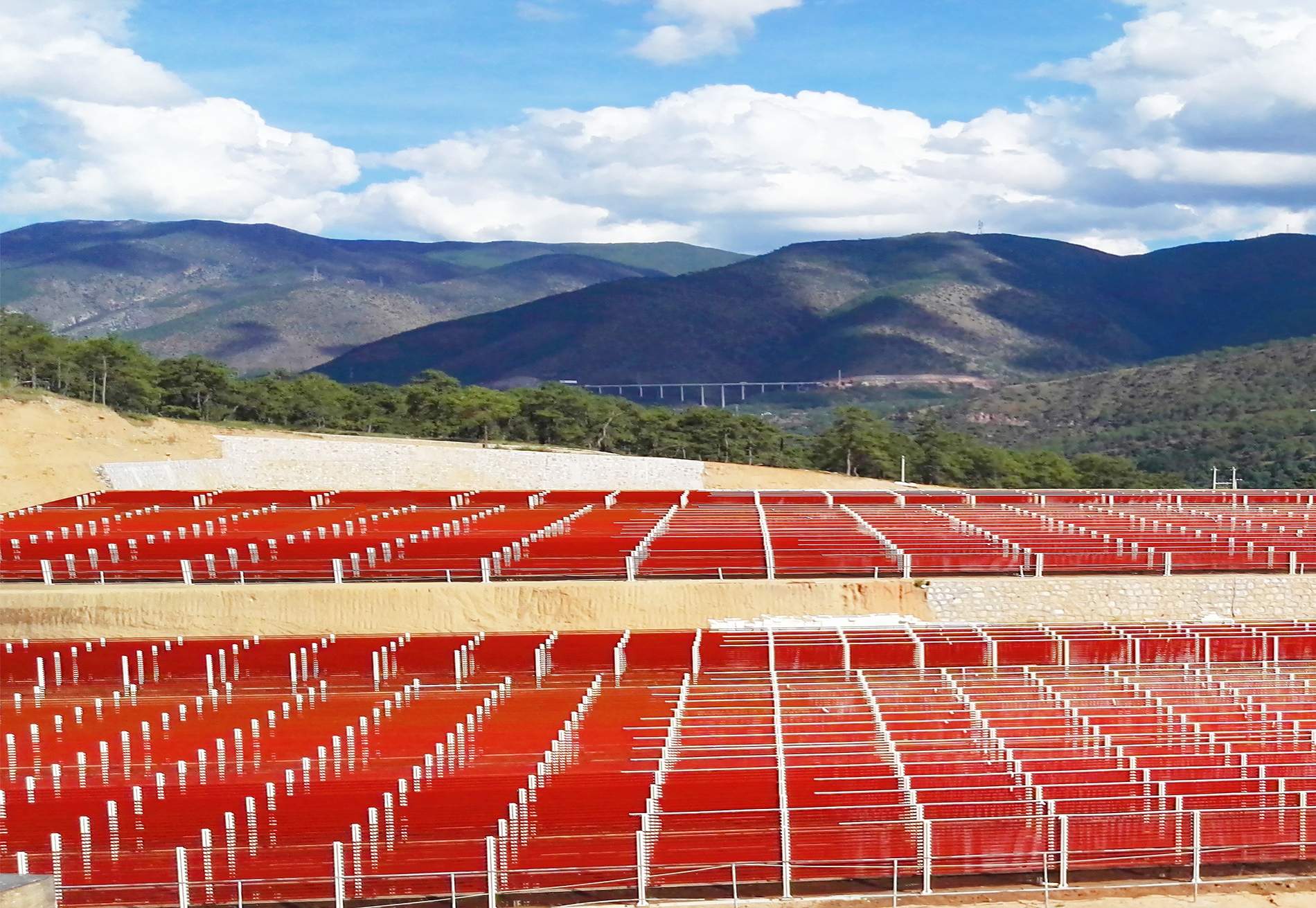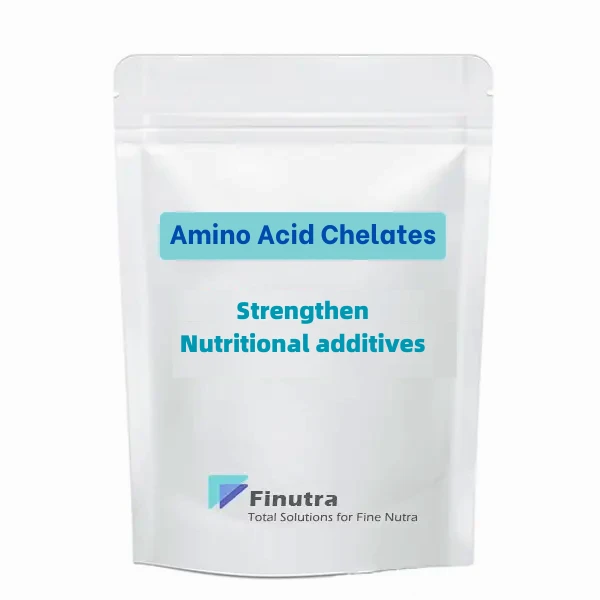

The certification and regulatory landscape also plays a crucial role in price formulation. Extracts with certifications such as USDA Organic, Non-GMO, or those approved by other reputable bodies, tend to be priced higher. These certifications assure consumers of the extract’s quality and safety, justifying the premium charged. Industry competition is another factor that influences pricing. With an increase in the number of suppliers entering the market, there is often a price battle. While this could initially drive prices down, sellers might eventually differentiate their products by focusing on quality or unique selling propositions, consequently affecting pricing structures. Finally, geopolitical factors and global supply chain issues can also impact prices. Variations in export-import tariffs, labor costs, and transportation disruptions can introduce volatility in pricing. For instance, unforeseen events such as natural disasters in key growing areas or international trade disputes can lead to increased production costs, which are then passed on to consumers. In conclusion, the price of citrus aurantium extract is a complex interplay of factors including origin, quality, extraction methods, market demand, industry trends, certification standards, competition, and global economic conditions. For consumers, understanding these dynamics can lead to more informed purchasing decisions, ensuring value for money and product efficacy. For industry professionals, keeping abreast of these factors is crucial for strategy formulation and maintaining competitive advantage in a rapidly evolving marketplace. As the market for natural health supplements continues to expand, the citrus aurantium extract industry will likely see ongoing innovations and pricing shifts, making it an exciting field to watch for both seasoned experts and newcomers alike.
Post time:Feb - 10 - 2025



